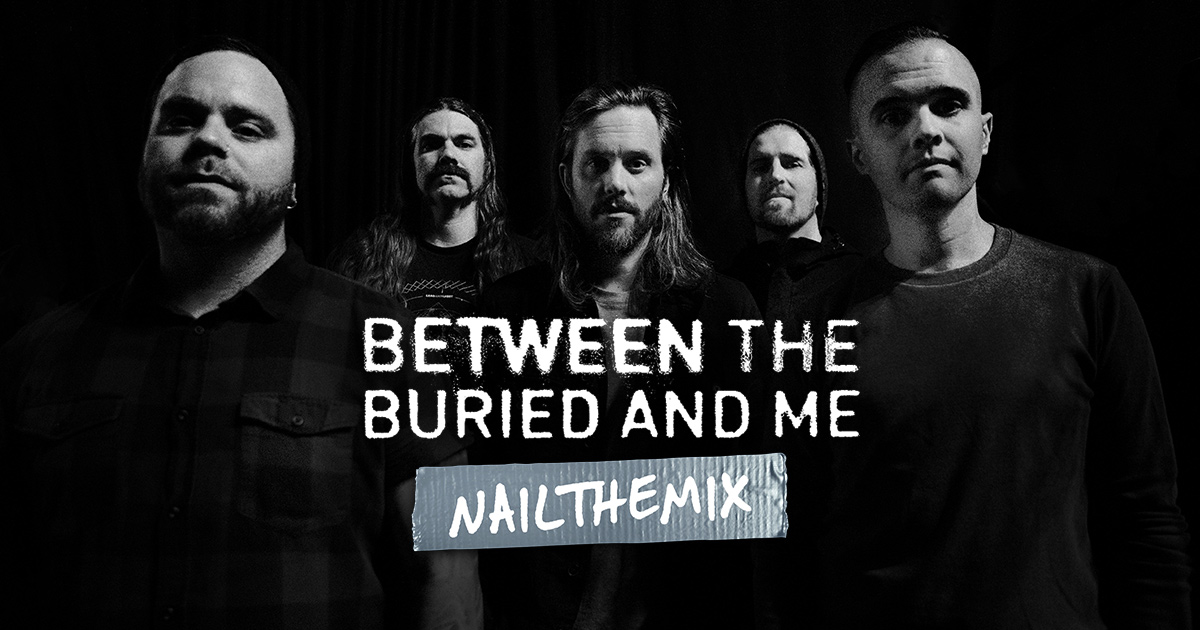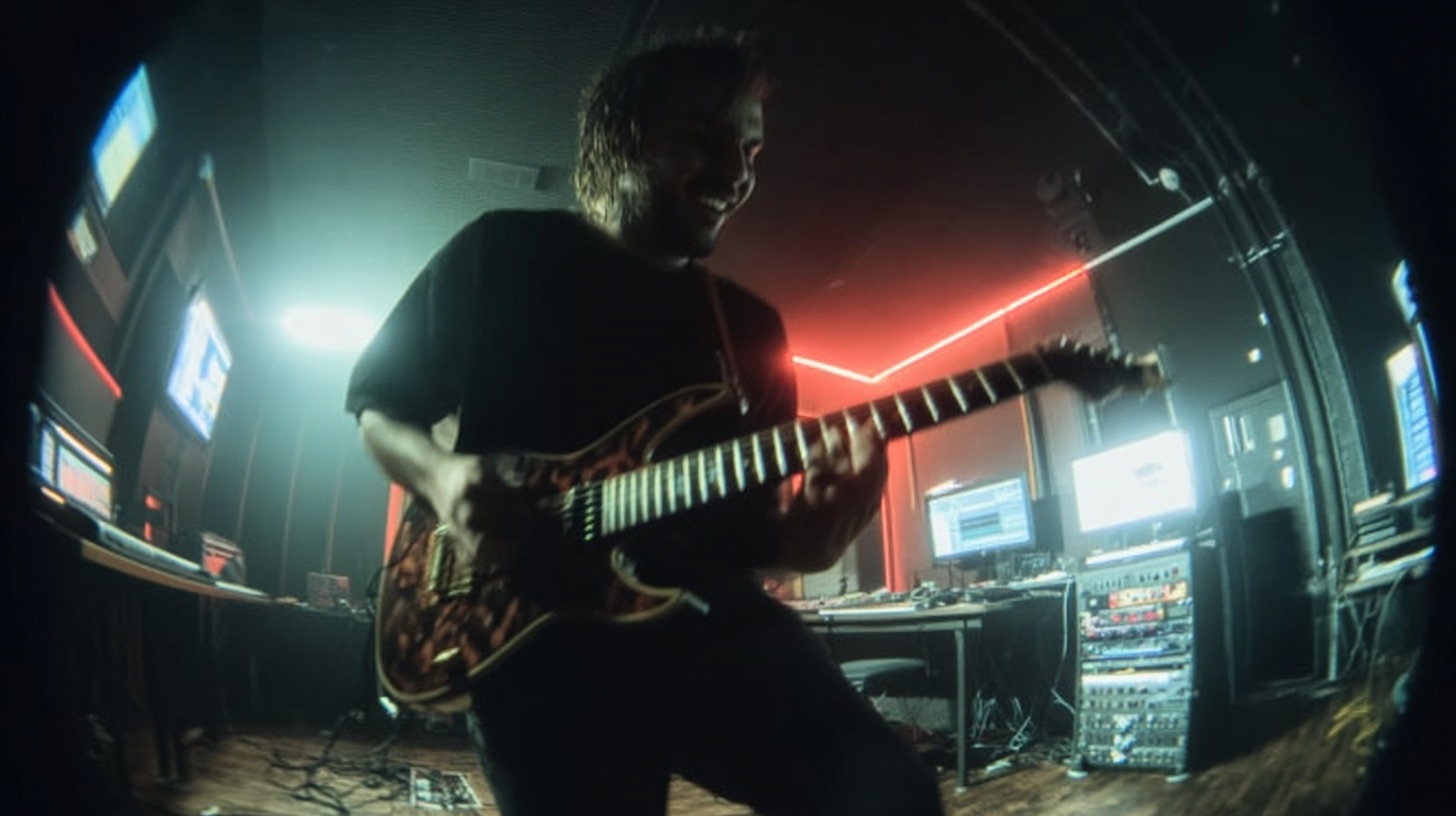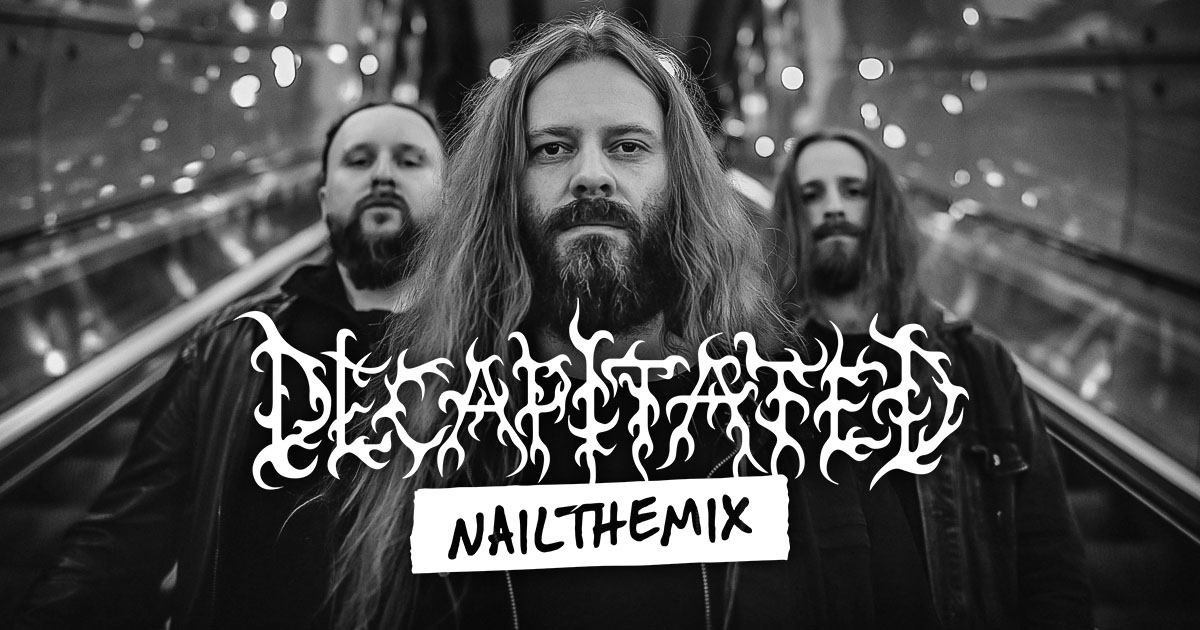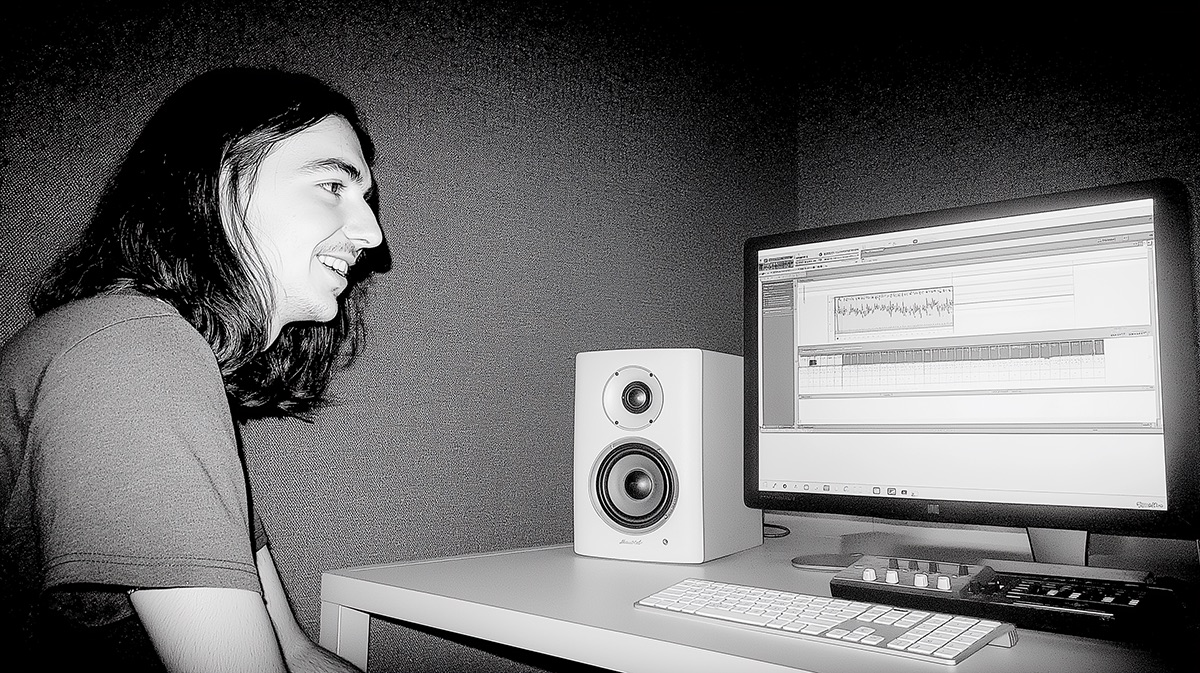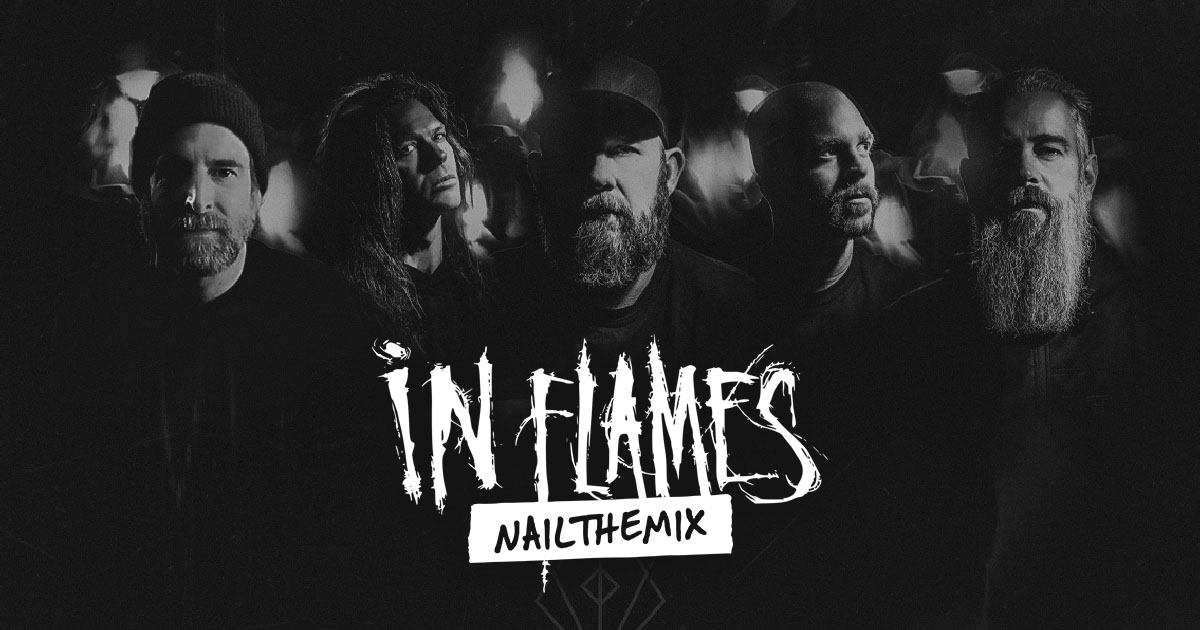
Recording In Flames’ Massive Guitars: The Full Gear & Mic Rundown
Nail The Mix Staff
Let’s be honest, the guitar tone of a band like In Flames is a pillar of their sound. It’s huge, aggressive, yet clear enough to let every riff shine.
We got a look inside the studio with engineer Mike Plotnikoff and producer Howard Benson during the tracking of an In Flames record, and they dropped some serious knowledge. It’s a masterclass in efficiency, smart gear choices, and most importantly, the right mindset for capturing a world-class performance. Let’s dive into how they build that wall of sound, piece by piece.
It Starts with the Player, Not Just the Gear
Before we even touch a fader or a microphone, it’s crucial to understand the philosophy behind the session. Mike Plotnikoff makes it clear that with an artist like Björn, the engineer’s job is to be a guide, not a dictator. Björn has a story to tell with his record; he knows the riffs, the feel, and the sound he wants. The engineer’s role is to create an environment where that vision can be captured perfectly and without friction.
This brings up a point that separates the pros from the amateurs: knowing that so much of the tone is in the player’s hands. Mike shared a killer story from his early days working with Van Halen on the Balance record. When producer Bruce Fairbairn tried to punch in a chord using Eddie’s exact rig—the same guitar, cable, and amp—the sound was completely different. It was thin and lacked the magic. As soon as Eddie Van Halen picked up the guitar and hit the same chord, the iconic tone was instantly back. The gear was just a tool; the sound came from his hands and his playing dynamics. It’s the same with Björn—the gear is chosen to complement and capture what he’s already creating.
The Amp and Cabinet Combo for Modern Warmth
The core of the In Flames rhythm tone in this session comes from a powerful, yet surprisingly simple, combination of a modern head and a vintage cabinet.
The Head: Wizard Modern Classic 50-Watt
The driving force is a Wizard 50-watt head. This amp is known for its aggressive, tight, and modern-sounding character, providing the cut and gain needed for In Flames’ intricate riffs.
The Cabinet: Vintage Marshall Power
To balance the very modern sound of the Wizard, Mike pairs it with an early ‘70s Marshall cabinet loaded with 30-watt Celestion “black back” speakers. This vintage cab brings a crucial element of warmth, woodiness, and a smoother midrange that prevents the tone from sounding sterile or overly harsh. It’s a perfect marriage of new-school attack and old-school body.
Why One Amp Is Often Better Than Two
While many engineers love blending multiple amps to create complex tones, Mike prefers to stick with a single head. His reasoning is simple and practical: it completely avoids the phasing issues that can plague multi-amp setups. Trying to get two high-gain amps perfectly in phase can be a nightmare. By finding one head and one cabinet that work perfectly together, he gets a powerful, coherent sound without the headache.
Mic Placement: Simple, Standard, and Strategic
You don’t need a dozen esoteric microphones to get a killer metal tone. The setup for In Flames is a testament to using industry-standard tools with precision.
The Classic Mic Duo
The sound is captured with two of the most reliable mics in the business: a Shure SM57 and a Sennheiser MD 421. This combination is a studio staple for a reason. The SM57 delivers that signature mid-range bite and aggression, while the MD 421 often captures more low-mid body and a slightly different character, giving you great blending options.
Aiming for the Center
There’s no wild off-axis placement here. Mike’s technique is direct and precise: he uses a flashlight to find the exact center of the speaker cone and points both microphones directly at it. This captures the most direct, focused, and aggressive part of the speaker’s sound.
A Pro Tip: Mic the Bottom Speakers
Here’s a fantastic trick that’s specific to this setup. On this particular vintage Marshall cabinet, Mike finds that the bottom speakers produce a better low-end response. So, instead of defaulting to the top speakers, he places the mics on the bottom two. This is a great reminder to listen to your specific cabinet and not just follow a one-size-fits-all rule.
The Art of Layering: Building the Wall of Sound
The sheer size of the In Flames guitar sound comes from meticulous layering. Björn tracks doubles, triples, and quads to create the final texture.
Performance Over Perfection
The team emphasizes that feel is everything. While their editor, Paul, is a wizard who can tighten things up, his job isn’t to manufacture energy. The takes need to have that immediacy and power right from the source. They work within a “window” of timing; if a take is too sloppy, it’s faster and better to just do it again. A performance without feeling can’t be fixed by an editor, no matter how skilled.
The Role of Guitars in the Mix
Producer Howard Benson notes that metal guitars are tricky because they occupy a massive chunk of the frequency spectrum, often dominating everything from 500 Hz all the way up to 10k Hz. Mute the guitars, and you’ll suddenly hear a vast open space. The challenge is making them powerful without completely masking the drums, bass, and vocals. This is where smart recording and even smarter EQ strategies for mixing modern metal become essential.

100+ Insanely Detailed Mixing Tutorials
We leave absolutely nothing out, showing you every single step
Bringing It All Together
Crafting the In Flames guitar sound is a lesson in professional workflow: it combines a “player-first” mindset with smart gear selection and precise, repeatable techniques. The result is a sound that is both massive and clear, captured with incredible efficiency that keeps creative energy high.
These techniques are a killer blueprint you can apply to your own productions. But imagine seeing the entire process unfold, watching a pro producer take these raw recorded tracks and make them sit perfectly in a full mix. At Nail The Mix, that’s exactly what you get to do.
In Flames on Nail The Mix
Joe Rickard mixes "Meet Your Maker"
Get the Session
You can see how a producer like Howard Benson tackles these very tracks in the exclusive In Flames Nail The Mix session. You get the raw multi-tracks to practice on and watch the original producer mix the song from scratch, explaining every move—from initial EQ and taming dynamics with compression to final automation. It’s the ultimate way to see how pros build pro-level mixes beyond presets.
If you’re ready to learn the real-world techniques behind records like this, check out the In Flames session and see how these monumental guitar tones are brought to life.
Get a new set of multi-tracks every month from a world-class artist, a livestream with the producer who mixed it, 100+ tutorials, our exclusive plugins and more
Get Started for $1
